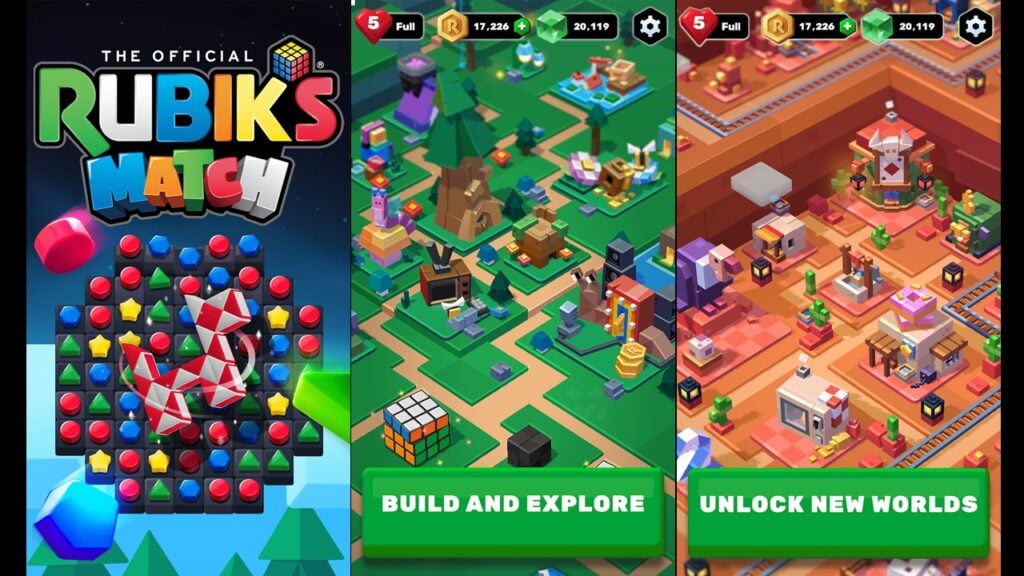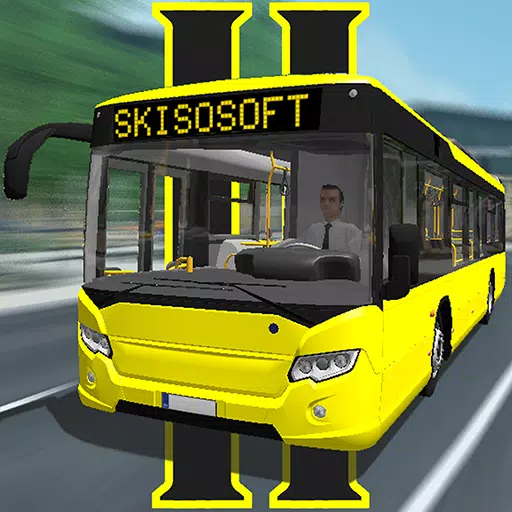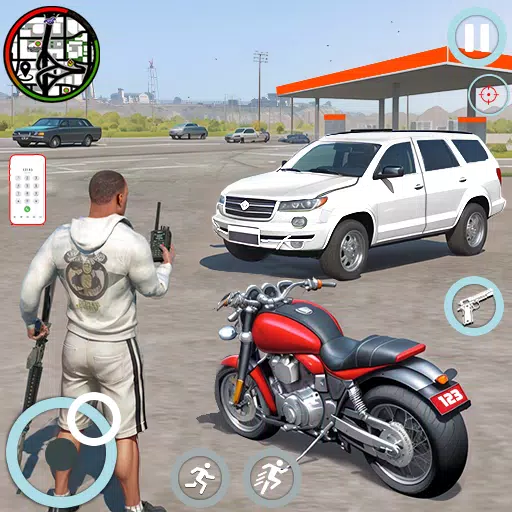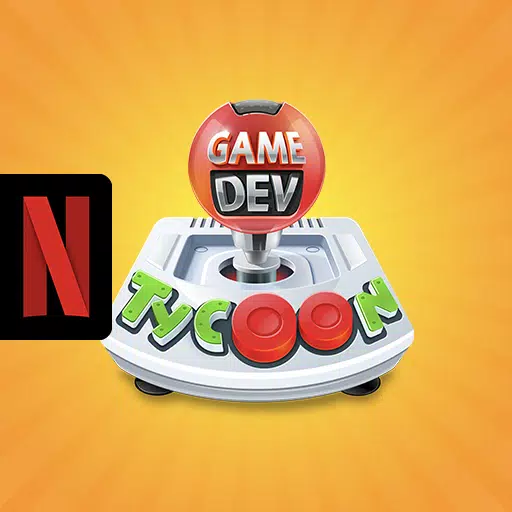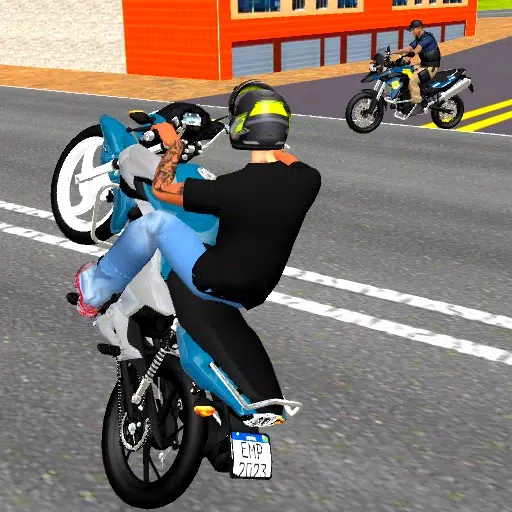Capcom's Revival: From Resident Evil 6 to Monster Hunter Wilds' Success
With Monster Hunter Wilds breaking Steam records and Resident Evil more popular than ever thanks to Village and a series of stellar remakes, it seems like Capcom can do no wrong. But this wasn't always the case. Just a few years ago, after a string of critical and commercial failures, Capcom was struggling to maintain its identity and connect with its audience.
Capcom faced an identity crisis. The survival horror genre, which Resident Evil pioneered, had lost its edge post-Resident Evil 4. Similarly, Street Fighter, another cornerstone franchise, was faltering after the poorly received Street Fighter 5. These setbacks threatened the very existence of Capcom and its beloved titles.
Yet, amidst this turmoil, a transformation occurred. Capcom revamped its approach to game development, leveraging a new game engine that breathed new life into its iconic series. This shift not only revitalized Capcom's franchises but also propelled the company back into the forefront of the gaming industry, setting the stage for a decade of success.
Resident Evil Lost Its Way
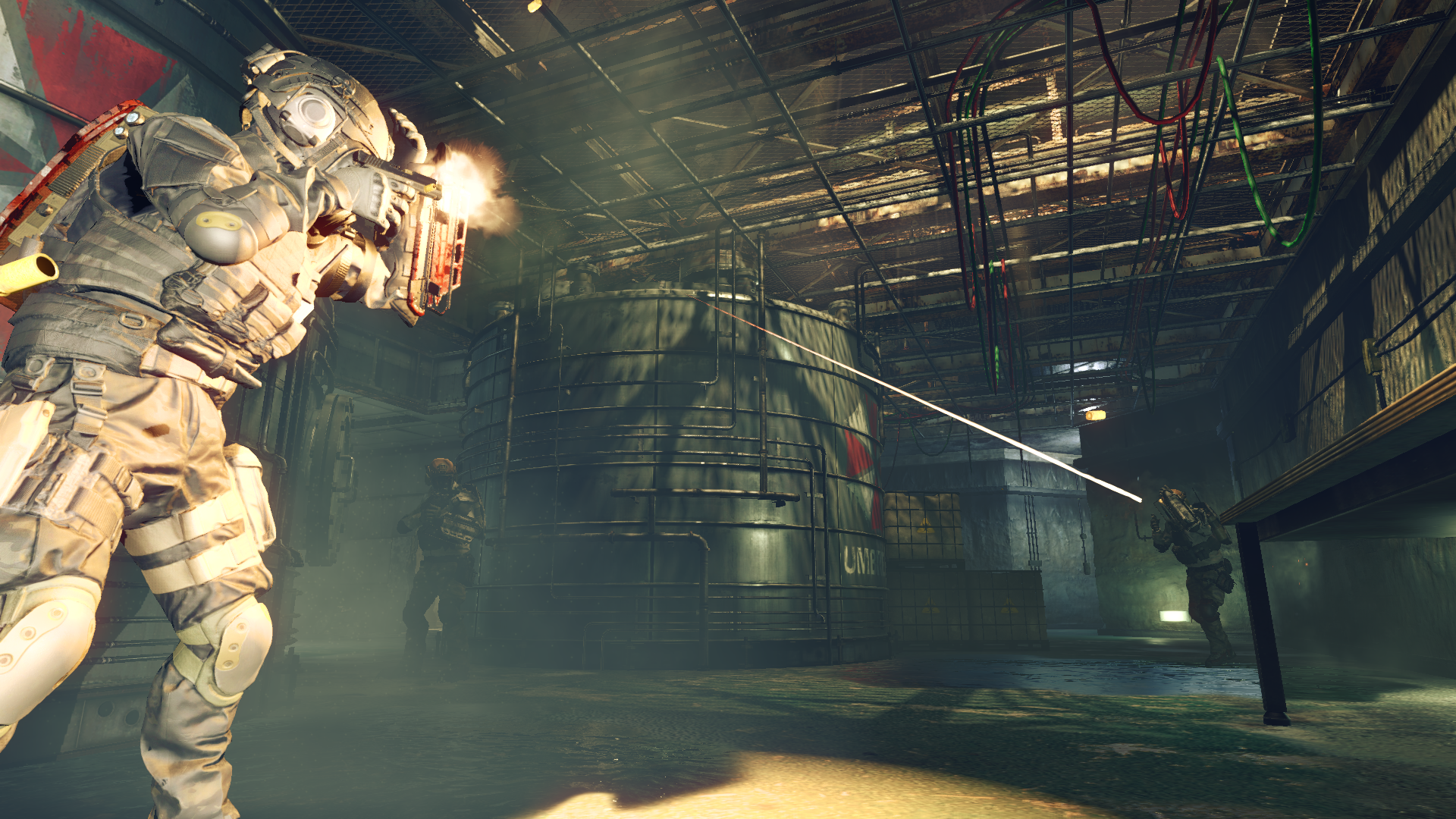
2016 was a challenging year for Capcom. The release of Umbrella Corps, an online co-op shooter, was met with harsh criticism from both reviewers and fans. Meanwhile, Street Fighter 5 disappointed many with its lackluster features, and Dead Rising 4 marked the end of new entries in its series. This period was the culmination of a difficult stretch for Capcom, characterized by declining critical reception for its mainline Resident Evil games, despite strong sales. Street Fighter struggled, and other key franchises like Devil May Cry were absent. Even Monster Hunter, a major success in Japan, faced challenges in penetrating international markets.
"Many of us started feeling that what the fans and players wanted from the series was getting a little bit separate from what we were making," reflected a Capcom developer. This sentiment was a far cry from the Capcom we know today. Since 2017, the Osaka-based company has consistently delivered hit after hit from its flagship franchises, earning both sales and critical acclaim. From Monster Hunter World to Devil May Cry 5, Street Fighter 6, and a series of top-tier remakes, Capcom has demonstrated an impressive track record.
Achieving this turnaround required more than just learning from past mistakes; it demanded a complete overhaul of Capcom's strategy, from targeting different players to adopting new technology. To delve into this transformation, IGN interviewed four leading creatives at Capcom to understand how the company recovered from its lows to achieve unprecedented success.
Capcom, founded in 1979 as a maker of electronic game machines, rose to prominence in the '80s and '90s with 2D classics like Street Fighter and Mega Man. The transition to 3D gaming was marked by successes like Resident Evil, culminating in the critically acclaimed Resident Evil 4 between 2000 and 2010.
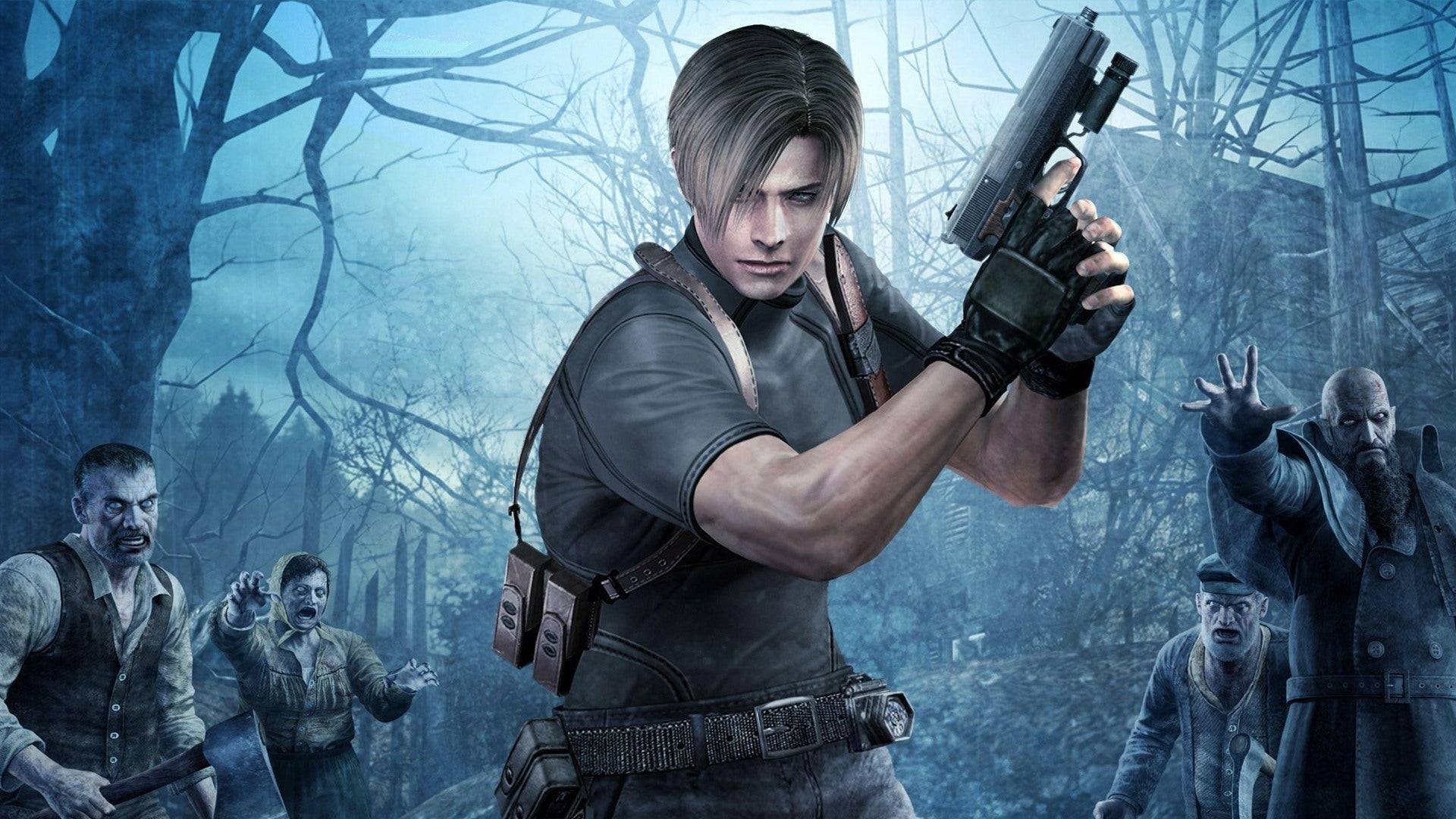
Released in 2005, Resident Evil 4 is often hailed as a masterpiece due to its innovative blend of horror and action. However, this balance was lost in subsequent games like Resident Evil 5, which leaned heavily into action elements. This shift caused the series to lose its core identity, a fact acknowledged by developers like Yasuhiro Ampo, who has been working on Resident Evil games since 1996.
"Overall throughout the Resident Evil series, we set up different goals, challenges, and things we want to try with each game… But this time, many of us started feeling that what the fans and players wanted from the series was getting a little bit separate from what we were making," Ampo explained.
The confusion over the series' direction led to Resident Evil 6, which tried to cater to both action and horror fans but ultimately satisfied neither. This dissatisfaction was echoed by fans online, as Capcom continued experimenting with new directions, including online co-op spinoffs.
The struggles weren't limited to Resident Evil. Street Fighter 4 was a success, but its sequel, Street Fighter 5, was criticized for its lack of single-player content and poor online functionality. Similarly, Devil May Cry saw diminishing returns, leading Capcom to outsource DmC: Devil May Cry to Ninja Theory, a move that was met with mixed reactions. Other attempts to capture the Western market, like Lost Planet and Asura's Wrath, also fell short, though Dragon's Dogma offered a bright spot amidst these challenges.
Street Fighter 5, The Lost Cause
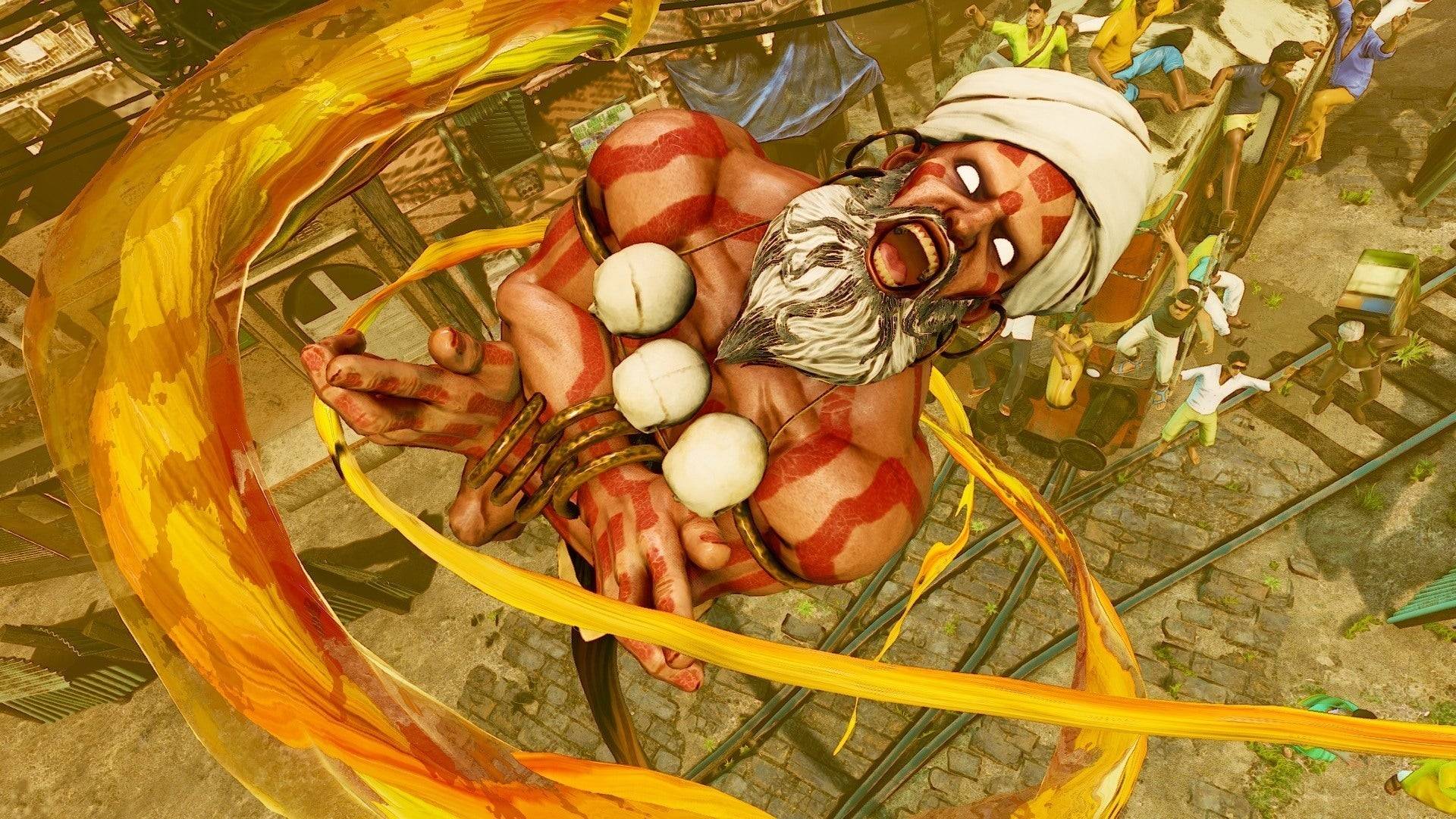
By the mid-2010s, Capcom initiated a series of strategic changes to turn its fortunes around. The first step was addressing the issues with Street Fighter 5. Takayuki Nakayama and Shuhei Matsumoto were brought in to stabilize the game and regain fan trust.
"There definitely were some challenges within the production of the game, and that was part of the reason why I was brought into the team," Nakayama admitted. Due to the game's development stage, major changes were not feasible, leading to a focus on fixing immediate problems and setting the stage for Street Fighter 6.
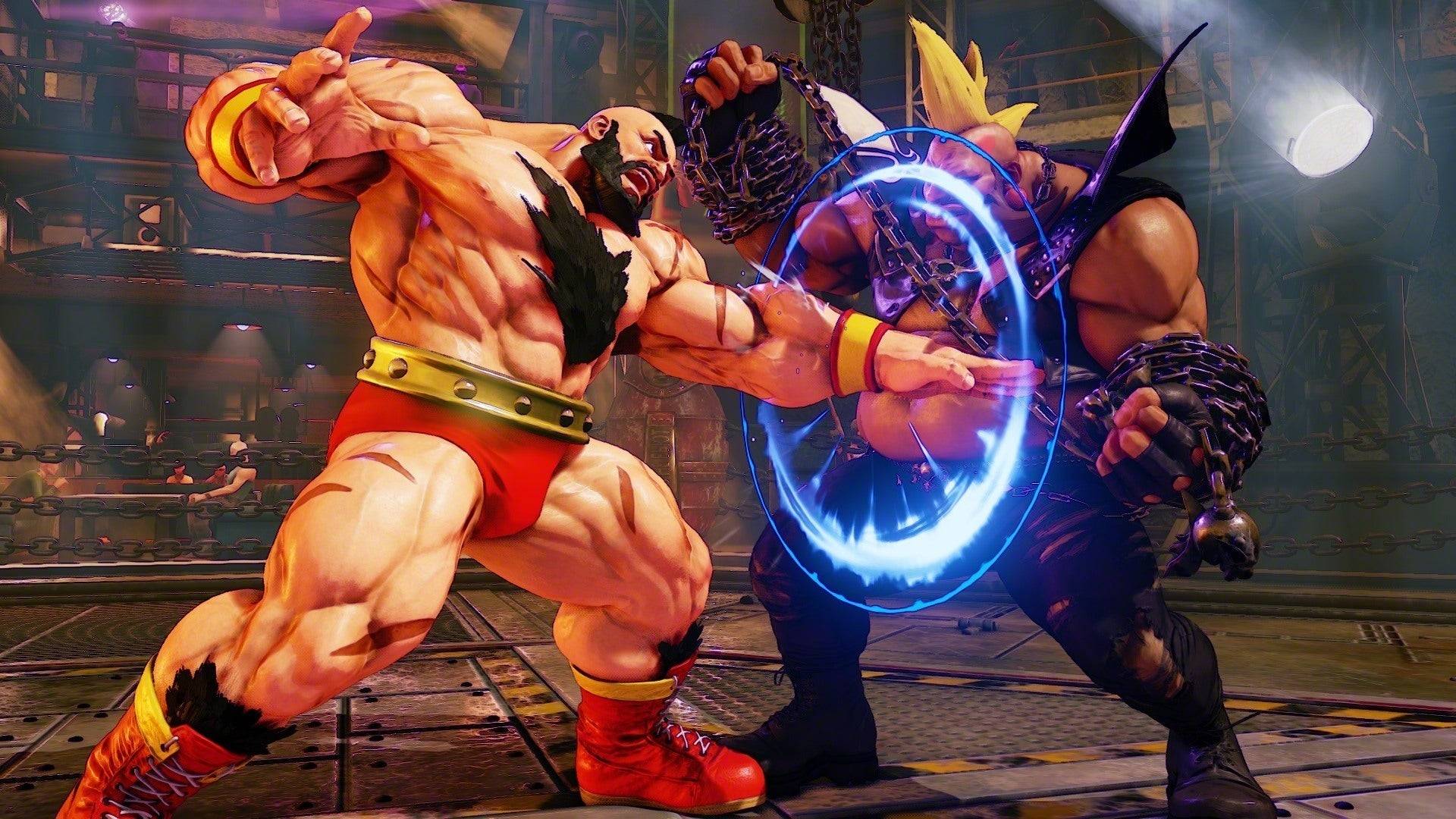
Despite the constraints, Nakayama and his team worked on improving Street Fighter 5's core aspects, from netcode enhancements to character re-balances. These efforts culminated in Street Fighter 5: Arcade Edition, which served as a testing ground for ideas later implemented in Street Fighter 6.
"We just didn’t really have enough time to address some of the problems and challenges we faced in Street Fighter V," Nakayama said. "And so, with our hands tied behind our backs, we basically had to wait for those ideas to be brought back for the initial conceptual phases for Street Fighter 6, so we could tackle and do things properly for the next title."
Matsumoto explained that abandoning Street Fighter 5 to focus on a sequel was not an option. Instead, the development of Street Fighter 5 became an ongoing process to refine ideas for Street Fighter 6.
"Basically, we tried different things during the development of Street Fighter 5 to see if it worked and then we took the things that did work and applied that to Street Fighter 6," Matsumoto noted. "It was like the development of Street Fighter V was an ongoing process that helped us figure out, ‘Okay, what is it that we want to do for the next level?’"
The team used Street Fighter 5 as a laboratory to learn from design mistakes and inform the development of Street Fighter 6, which launched in 2023 to widespread acclaim.
Monster Hunter Took Over The World
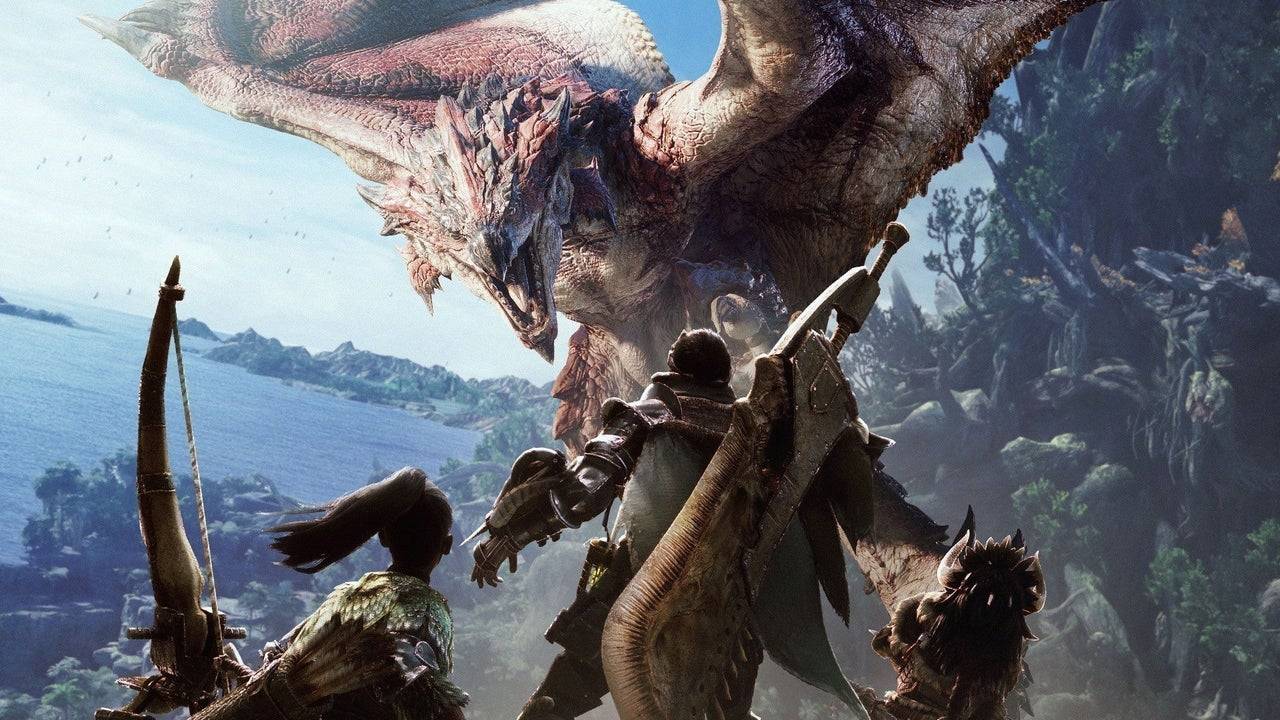
Around the time of Street Fighter 5's launch, Capcom underwent a significant internal reorganization to prepare for a new generation of games powered by the RE Engine. This shift aimed to create games that appealed to a global audience, not just territory-specific fans.
"It was a few factors that came together," said Hideaki Itsuno, known for his work on Devil May Cry. "The change of the engine and also all teams were given a very clear goal at that point to make games that reach the global market. [Games] that are fun for everyone."
During the PS3 and Xbox 360 era, Capcom tried to cater to the perceived Western market, but games like Umbrella Corps and Lost Planet didn't resonate. The company realized it needed to create universally appealing games, a shift that started bearing fruit around 2017.
"The changes in organization and the changes in the engine, all these elements came together around that time," Itsuno said. Resident Evil 7's launch marked the beginning of Capcom's renaissance.
No series better exemplifies Capcom's global ambition than Monster Hunter. While popular in the West, it was significantly larger in Japan. The franchise's success on handhelds like the PSP, which were more popular in Japan, contributed to this regional disparity.
"20 years ago in Japan, having a network connection wasn't as easy, and there weren’t a huge amount of people playing Monster Hunter online," explained Ryozo Tsujimoto, executive producer of the series. "However, handheld consoles made multiplayer gameplay easy without internet access, and I regard it as a great success that we had players experience the game in this way."
The focus on handhelds inadvertently reinforced Monster Hunter as a Japan-centric brand. However, as global internet infrastructure improved, Capcom saw an opportunity to expand the series worldwide.
Monster Hunter: World, released in 2018 on PS4, Xbox One, and PC, marked a significant shift. It was designed to appeal to a global audience, with simultaneous worldwide release and no region-exclusive content.
"Our approach to the globalization of the series and Monster Hunter in general really ties into not only the themes that we had going into designing the game, but also in the name of the game," Tsujimoto said. "The fact that we called it Monster Hunter: World is really kind of a nod to the fact that we wanted to appeal to this worldwide audience."
Global focus tests helped refine the game's design, leading to changes like visible damage numbers, which broadened the series' appeal. Monster Hunter: World and its follow-up, Monster Hunter Rise, achieved unprecedented sales, surpassing 20 million copies each.
"At its heart, Monster Hunter really is an action game, and that sense of accomplishment you get from really mastering that action is an important aspect of Monster Hunter," Tsujimoto explained. "But for newer players, it's really about getting to that point. The steps involved in getting to that sense of accomplishment is what we're trying to strategize for."
Resident Evil 7 Began Turning Things Around
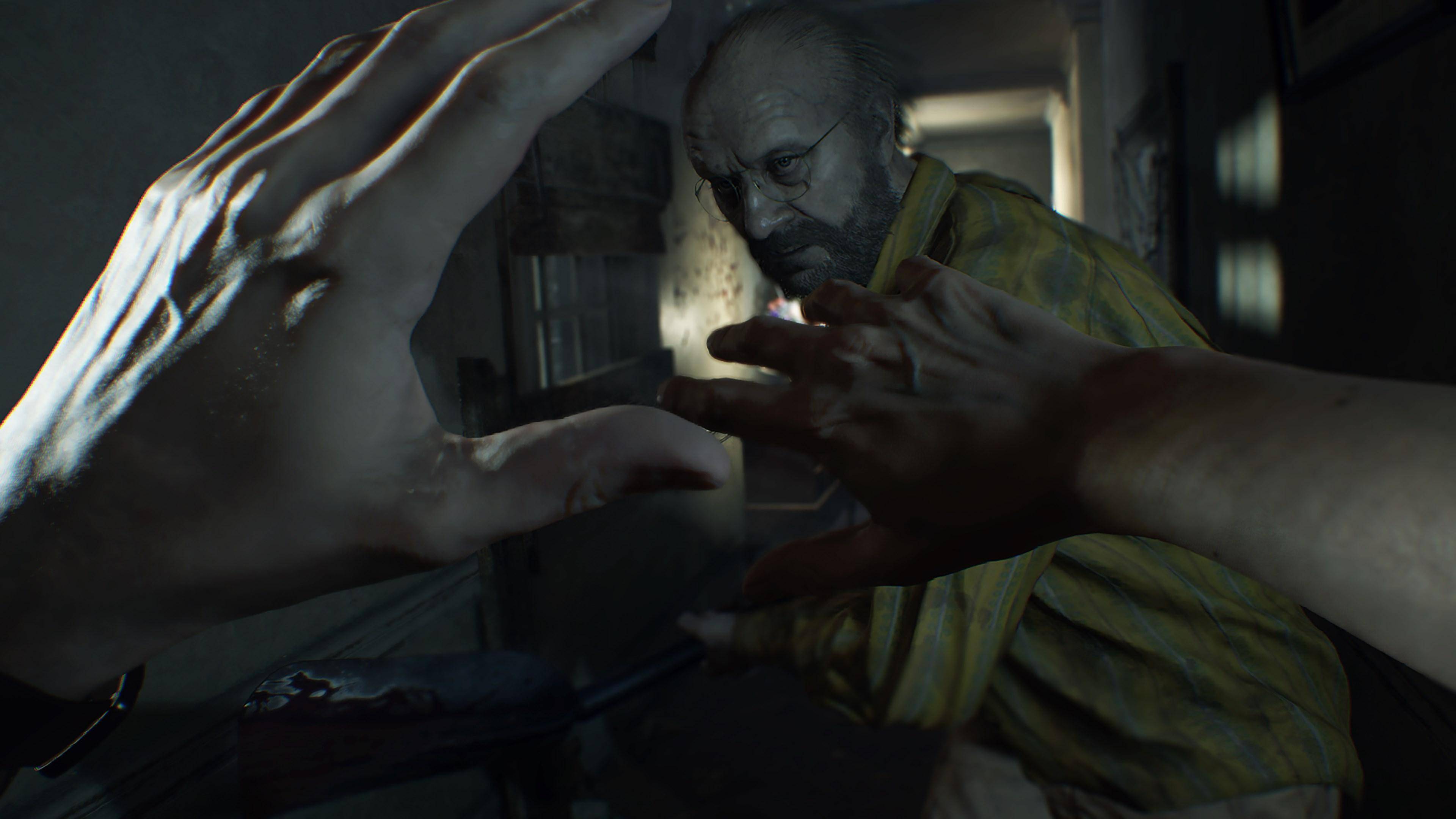
While Monster Hunter found its global footing, Resident Evil needed to reclaim its horror roots. Executive producer Jun Takeuchi made the pivotal decision to return to survival horror with Resident Evil 7.
"It was around the time I was working on Resident Evil Revelations 1 and 2. I was trying to test different things, try different approaches," recalled Yasuhiro Ampo, director of the Resident Evil 2 and 4 remakes. "And around this time is when the R&D teams were divided into R&D division one and two. The executive producer of the Resident Evil series, Jun Takeuchi, took command of R&D division one, and he set the core direction that the Resident Evil series needed to go back to its origins, to its roots."
The announcement of Resident Evil 7 at E3 2016, with its first-person perspective and return to horror, was met with excitement. The shift to first-person allowed the series to rediscover its fear factor.
"With Resident Evil 7, the executive producer, Jun Takeuchi, made it clear that we cannot underestimate how critical it is for the series for it to be scary and about survival," Ampo said. "So he made it clear that Resident Evil 7 would go back to its origins, it would be very cautious with its survival elements."
The game was a success, bringing back the series' horror essence with its eerie setting. While Resident Evil 7 and 8 maintained a first-person perspective, Capcom also released third-person remakes, starting with Resident Evil 2, which became one of the best-selling games in the franchise.
The success continued with the Resident Evil 3 remake and the highly anticipated Resident Evil 4 remake. Despite initial concerns about remaking such a beloved game, the Resident Evil 4 remake was well-received, striking a balance between action and horror.
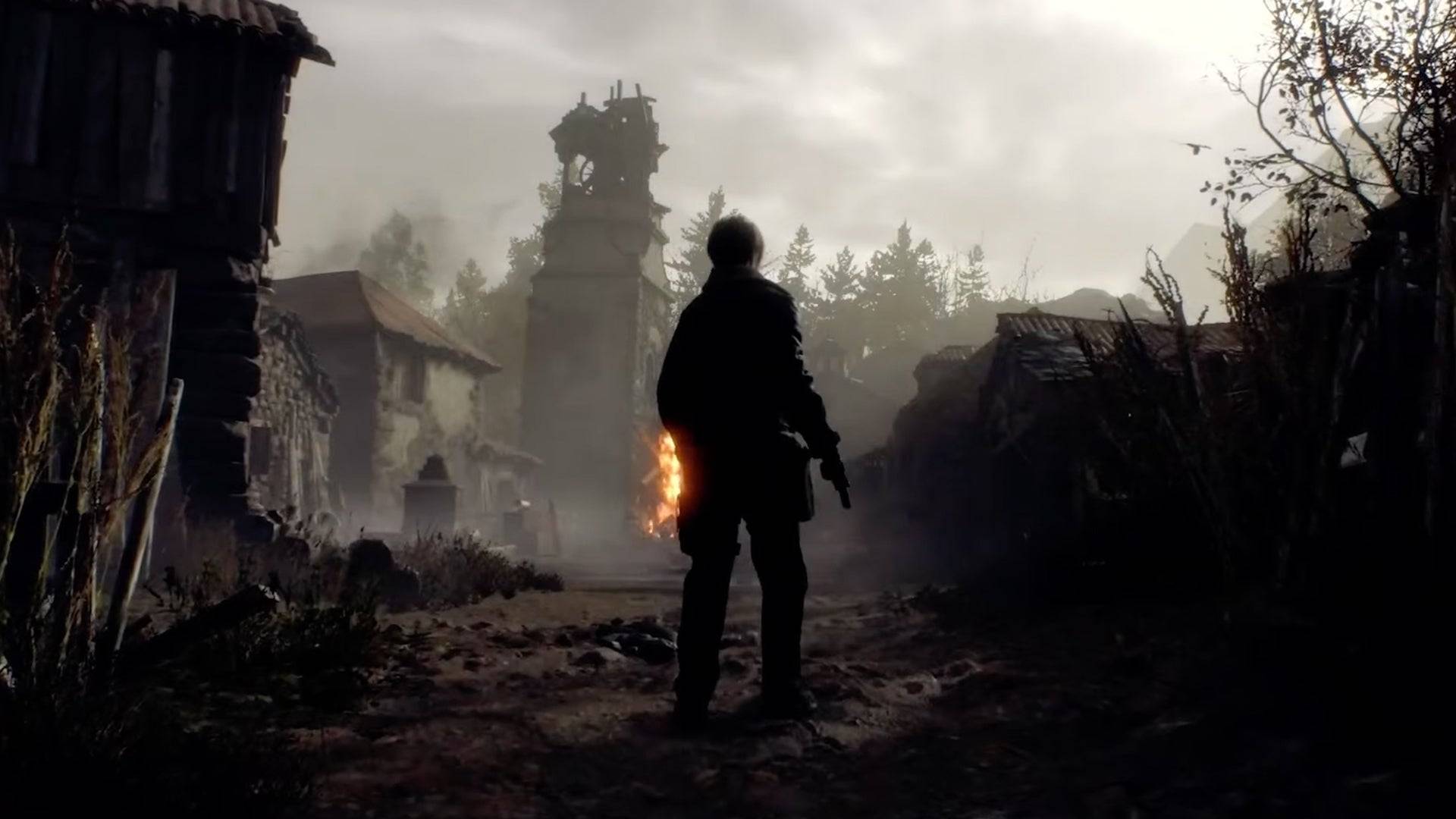
Simultaneously, Hideaki Itsuno, after working on Dragon's Dogma, returned to the Devil May Cry series with a renewed vision. He aimed to challenge the genre's softening trends by creating a game that was both challenging and visually stunning, utilizing the RE Engine's capabilities.
The Reason Behind The Change
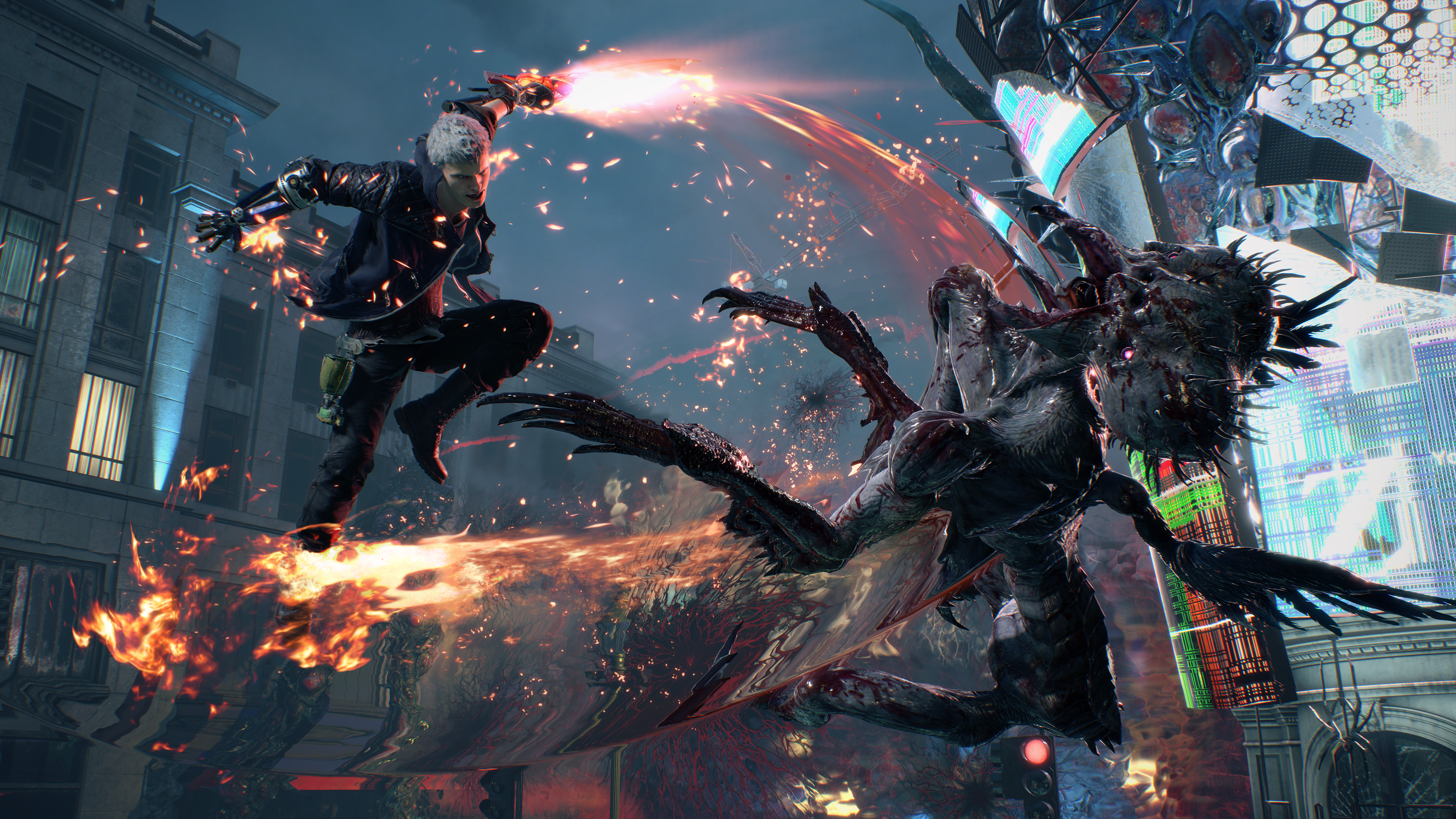
"I felt like the main trend with action games was to make action games that were very kind," Itsuno admitted. "Maybe, for me, a little bit too kind to the players, lending a hand to the player too much to my liking."
Itsuno's return to Devil May Cry after a decade was marked by significant technological advancements. The RE Engine, which replaced the MT Framework, offered photorealistic visuals and more agile development tools, allowing Itsuno to create a visually spectacular and challenging game.
"Ever since I took over the series from Devil May Cry 3, I put everything that I, as a person, I considered throughout my life to be cool," Itsuno said. "Anything I’ve seen on TV, in movies, and comics I’ve read, any sport experiences I’ve had, I try to distill everything that I think is cool into what the game is."
A New Capcom Golden Age
Since 2017, Capcom has released a game of the year contender nearly annually, an impressive feat in an industry where consistency is rare. The company's focus on creating globally appealing games, powered by the versatile RE Engine, has been the key to this success.
"Capcom is going through a golden era, and, well, now we have to do everything we can so that this lasts one more year, one more year, and every year, one more year," said Tsujimoto. This golden age shows no signs of slowing down, with Capcom maintaining its identity while expanding its audience globally.
While many other studios struggle to find their footing, Capcom's strategic changes over the past decade have led to a new era of success. The company's ability to produce diverse, high-quality games across multiple genres without compromising their essence is a testament to its revitalized approach.
-
1
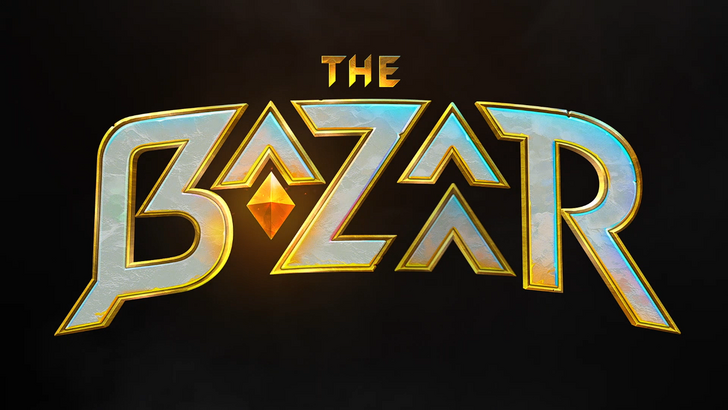
Announcing the Bazaar Release: Date and Time Unveiled
Feb 02,2025
-
2

Andrew Hulshult 2024 Interview: DOOM IDKFA, Blood Swamps, DUSK, Iron Lung, AMID EVIL, Music, Guitars, Cold Brew Coffee, and More
Jan 07,2025
-
3
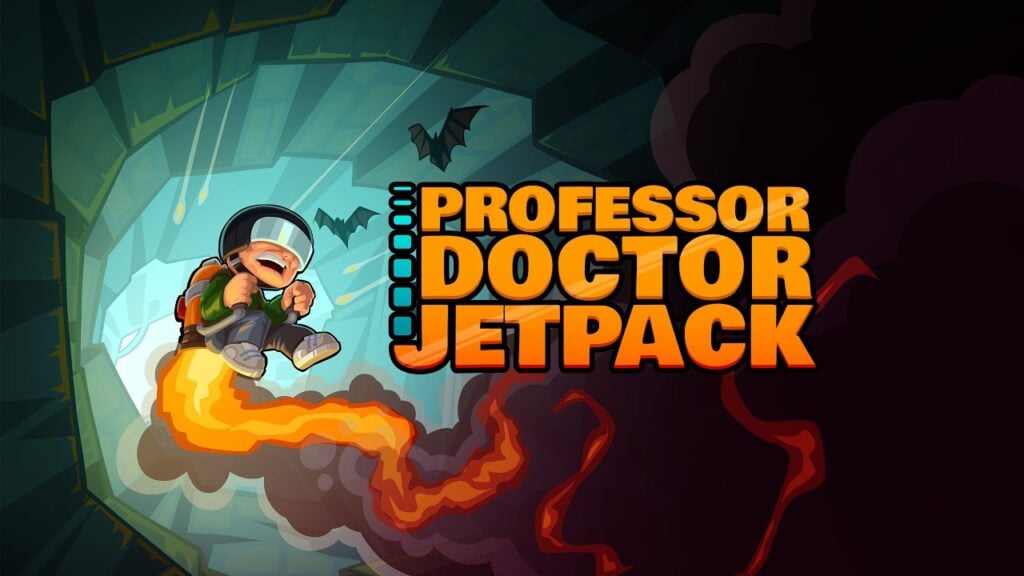
Professor Doctor Jetpack is a Pixel Art Precision Platformer Now Out on Android
Dec 30,2024
-
4
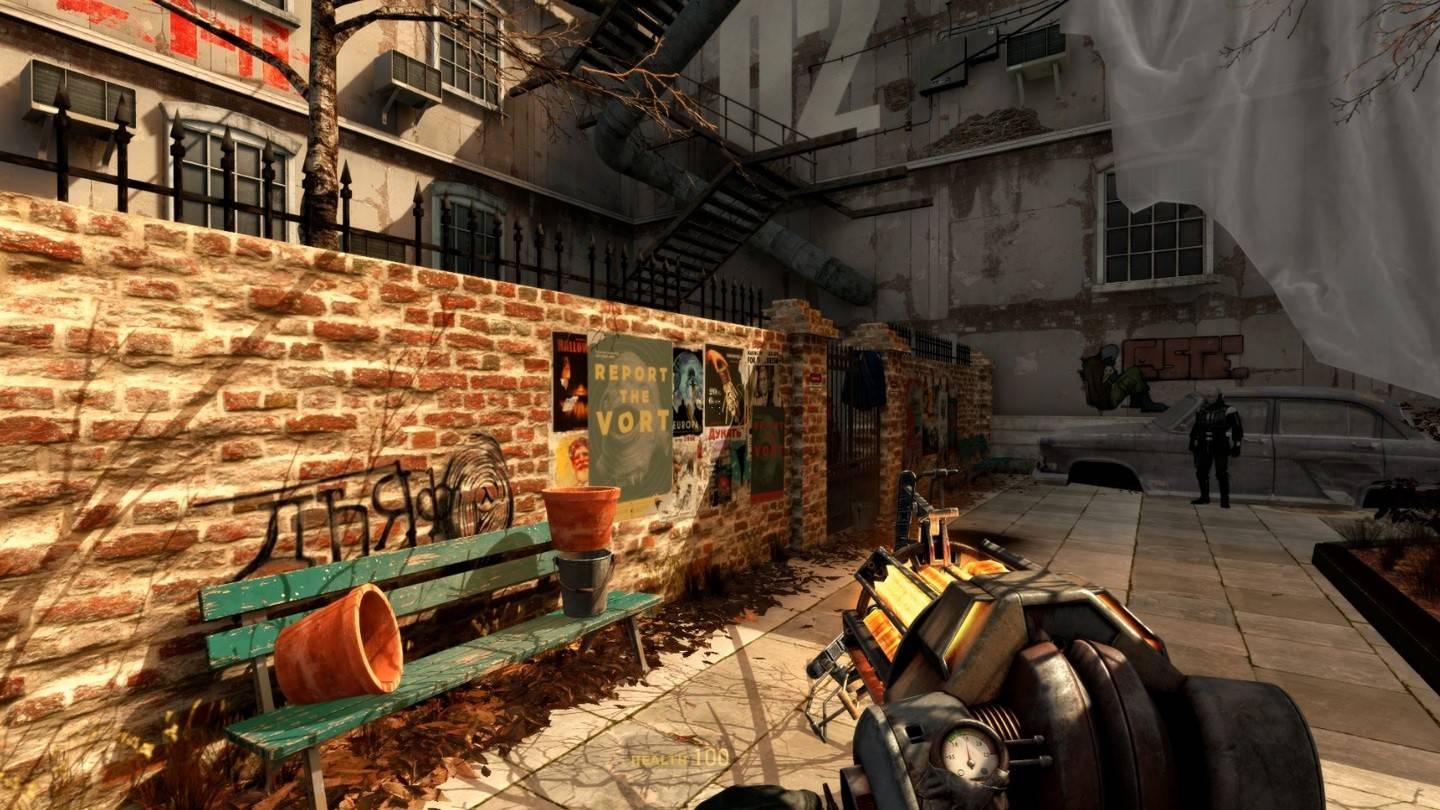
A demo of the fan-made sequel Half-Life 2 Episode 3 Interlude has been released
Jan 05,2025
-
5
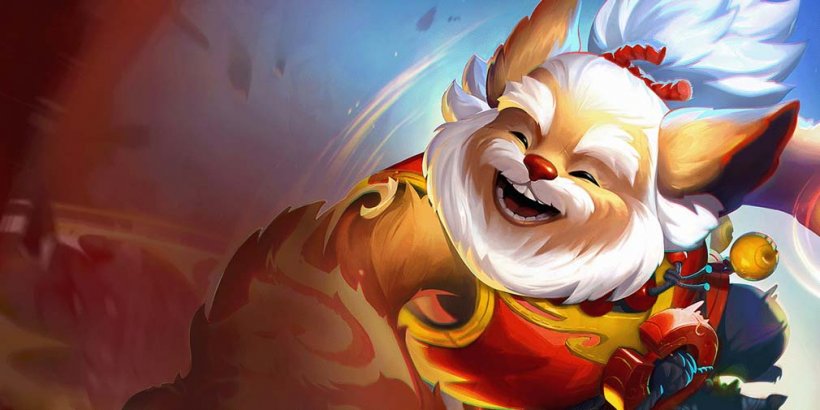
Teamfight Tactics 14.14 Patch Notes: Inkborn Fables Finale
Jan 11,2025
-
6

Android Welcomes Virtual Pet Haven: Pet Society Island
Jan 09,2025
-
7

Switch 2: Summer 2024 Launch Expected
Dec 11,2024
-
8

Sword Master Story Is Celebrating Its 4th Anniversary with Tons of Freebies!
Jan 09,2025
-
9
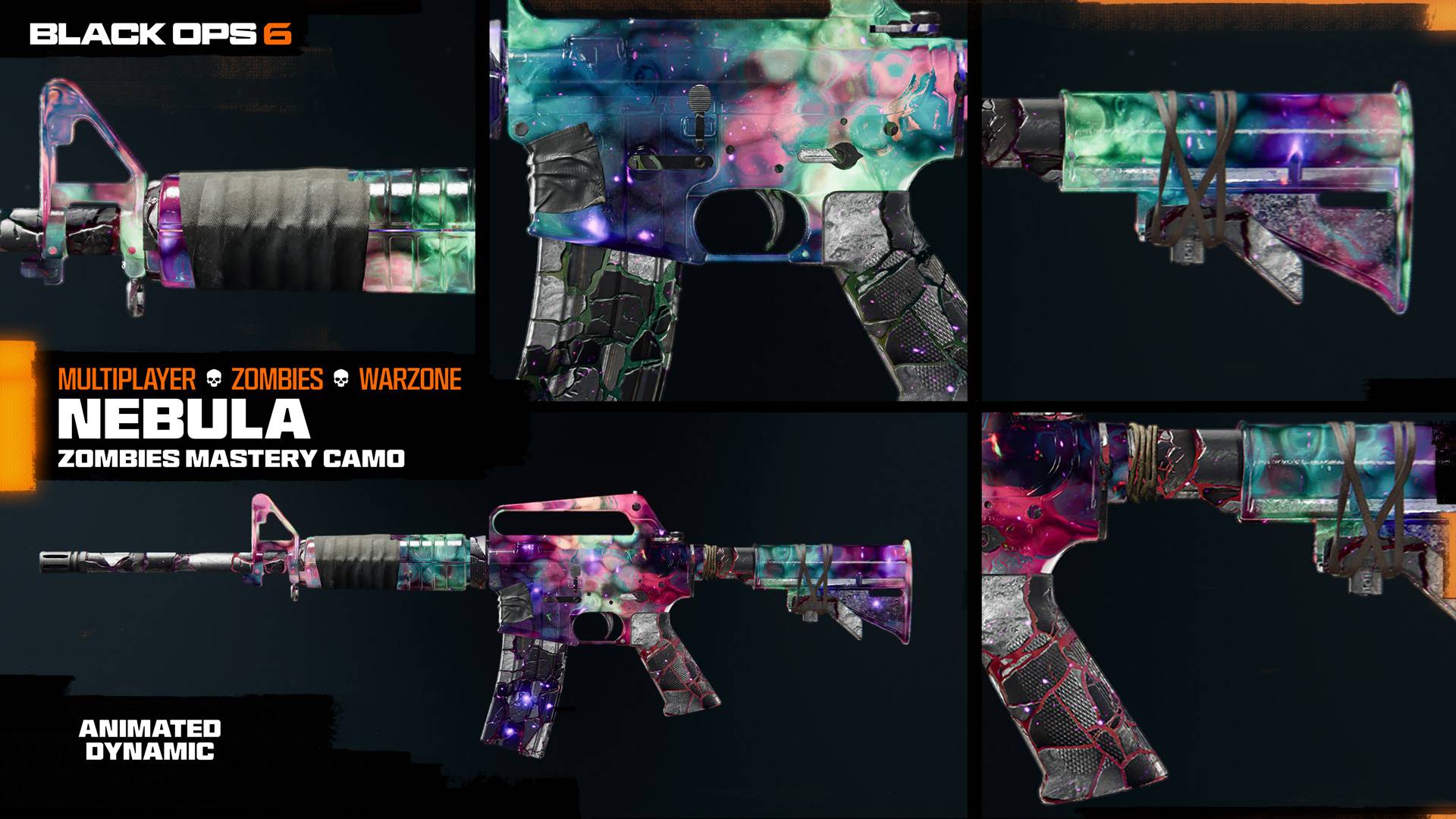
All Camo Challenges in Call of Duty: Black Ops 6 Zombies
Jan 05,2025
-
10
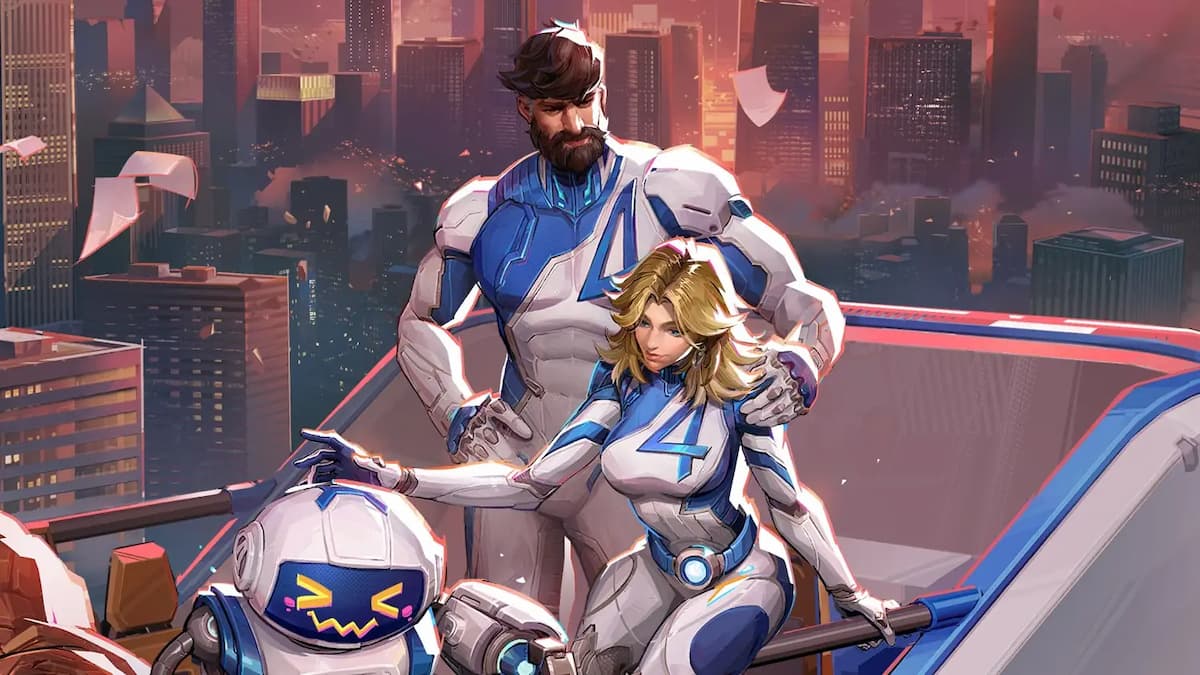
Marvel Rivals Unveils Season 1 Release Date
Feb 02,2025
-
Download

Ben 10 A day with Gwen
Casual / 47.41M
Update: Dec 24,2024
-
Download
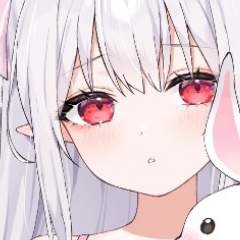
A Simple Life with My Unobtrusive Sister
Casual / 392.30M
Update: Dec 10,2024
-
Download
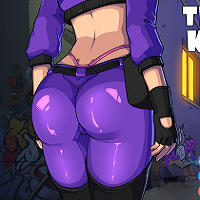
The Lewd Knight
Casual / 1210.00M
Update: Jan 02,2025
-
4
Kame Paradise
-
5
Chumba Lite - Fun Casino Slots
-
6
Little Green Hill
-
7
I Want to Pursue the Mean Side Character!
-
8
Evil Lands: Online Action RPG
-
9
Lost Fairyland: Undawn
-
10
Hero Clash

